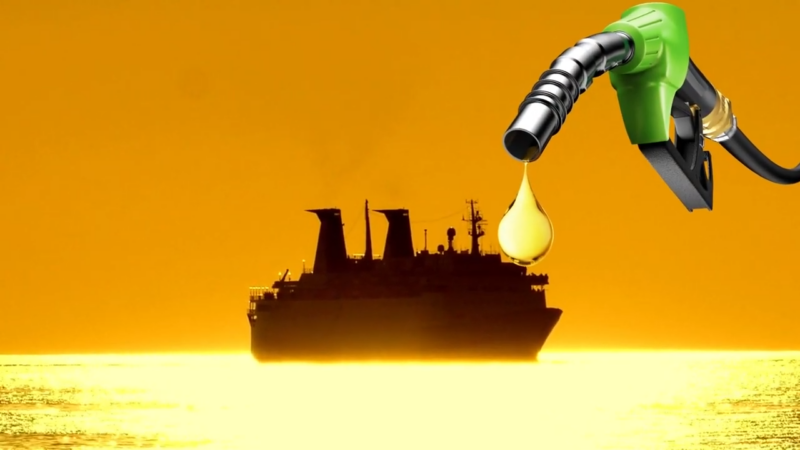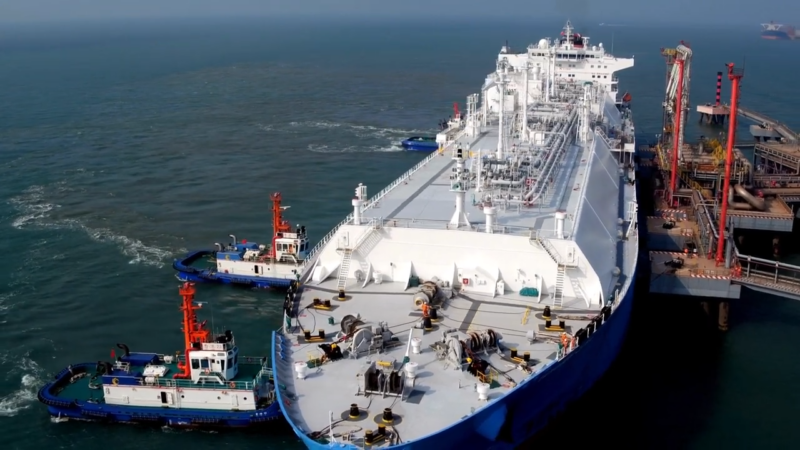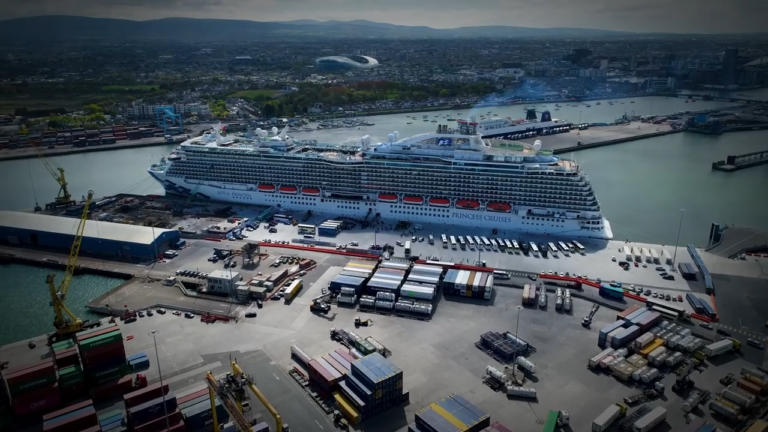Cruise ships are essentially floating cities, complete with their own power grids, water systems, and massive engines.
Unsurprisingly, they require an enormous amount of fuel to keep everything running smoothly.
On average, a typical cruise ship can consume anywhere between 140 to 250 metric tons of fuel every day. For context, that’s roughly equivalent to burning 80,000 to 150,000 gallons of gasoline daily.
Factors Affecting Fuel Consumption

The daily fuel usage of a cruise ship is influenced by several key factors:
- Size of the Ship: Larger ships with higher passenger capacities require more power to operate.
- Speed: The faster a ship travels, the more fuel it consumes. Increasing speed by just a few knots can significantly raise fuel usage due to the increased resistance in water.
- Route and Weather Conditions: A straightforward route with calm seas will use less fuel compared to a voyage involving detours, strong winds, or rough waters.
- Onboard Amenities: Modern cruise ships are loaded with energy-intensive features such as swimming pools, theaters, casinos, and water slides. All of these amenities add to the overall fuel consumption.
- Operational Systems: Critical systems such as air conditioning, water desalination, waste treatment, and lighting all require constant energy, adding to the ship’s fuel demand.
What Kind of Fuel Do Cruise Ships Use?
Cruise ships typically rely on specialized marine fuels that can handle the demands of large-scale engines. The most common types are:
1. Heavy Fuel Oil (HFO)
View this post on Instagram
- What it is: A thick, viscous fuel made from the residue of crude oil refining.
- Advantages: It’s relatively cheap and widely available.
- Disadvantages: HFO is extremely polluting, releasing high levels of sulfur and other harmful emissions.
2. Marine Gas Oil (MGO)
- What it is: A cleaner-burning fuel derived from distillates.
- Advantages: Produces fewer harmful emissions than HFO.
- Disadvantages: More expensive than HFO.
3. Liquefied Natural Gas (LNG)
Is there fuel that can power change? LNG is a cleaner alternative to traditional marine fuel. Discover how it’s making a difference on #MSCWorldEuropa and #MSCEuribia. #TheFutureOfCruising pic.twitter.com/UwkypdqYdQ
— MSC Cruises (USA) (@MSCCruisesUSA) April 4, 2023
- What it is: A much cleaner alternative that significantly reduces greenhouse gas emissions.
- Advantages: Meets stricter environmental regulations and is considered the future of marine fuel.
- Disadvantages: Requires specialized infrastructure and technology, which many ships currently lack.
Breaking Down the Numbers
To truly grasp the scale of cruise ship fuel consumption, let’s look at some real-world figures:
- Small Cruise Ships: A smaller vessel carrying around 500 passengers might use 50 to 100 metric tons of fuel daily.
- Mid-Sized Ships: A ship with 2,000 to 3,000 passengers can consume 150 to 200 metric tons daily.
- Mega Ships: The largest ships, with capacities exceeding 5,000 passengers, can burn upwards of 250 metric tons of fuel every day. For example, MSC’s flagship, the MSC World Europa, operates with daily fuel consumption that aligns with the higher end of this range, underscoring the significant impact of such vessels on fuel usage.
For perspective, a single metric ton of fuel produces approximately 3.17 metric tons of carbon dioxide. So, a large cruise ship releasing 250 tons of fuel per day could emit nearly 800 tons of CO2 into the atmosphere daily.
Why Cruise Ships Use So Much Fuel

The primary reason behind the immense fuel consumption of cruise ships is their dual purpose: transportation and hospitality.
Moving a vessel that weighs over 100,000 tons through water at a speed of 20 knots (roughly 23 mph) is no small feat.
Add to that the need to power onboard amenities—restaurants, spas, theaters, and even skating rinks—and the numbers start to make sense.
Key Energy-Draining Systems
- Propulsion: Ship engines that move the vessel account for the majority of fuel use, often consuming up to 80% of the total.
- Electrical Systems: Lighting, refrigeration, and entertainment systems all contribute significantly.
- Desalination Plants: Cruise ships generate their own freshwater by removing salt from seawater, a process that requires a lot of energy.
- Heating and Cooling: Maintaining comfortable temperatures for thousands of passengers is a constant energy drain.
Efforts to Reduce Fuel Consumption

Given the environmental impact of cruise ships, the industry has started implementing strategies to cut back on fuel usage and emissions. Here are some notable efforts:
1. Improved Hull Designs
Modern ships are being built with sleeker, more hydrodynamic hulls that reduce drag and improve fuel efficiency.
2. Energy-Efficient Engines
Advances in engine technology are enabling cruise ships to extract more power from less fuel.
3. Alternative Energy Sources
@offshoreimages #renewables #windturbine #seagreen #offshore #windorca #pacificorca #northsea #vessel #ship #vroon #swire #crane #jackupvessel #sse #windfarm ♬ Le Monde – From Talk to Me – Richard Carter
Some ships are experimenting with solar panels and wind turbines to supplement their energy needs.
4. Slow Steaming
Reducing cruising speeds is one of the simplest and most effective ways to conserve fuel. Even a small decrease in speed can lead to substantial savings.
5. Shore Power
When docked, ships can connect to local electrical grids rather than running their engines, significantly reducing fuel use and emissions.
Environmental Impact
The fuel consumption of cruise ships has far-reaching environmental consequences. Traditional marine fuels release harmful pollutants such as sulfur oxides (SOx) and nitrogen oxides (NOx), contributing to air pollution and acid rain. Moreover, the carbon dioxide emissions from cruise ships play a significant role in climate change.
To address these issues, international regulations are becoming stricter. For example:
- The International Maritime Organization (IMO) has implemented a global sulfur cap, limiting sulfur content in marine fuels to 0.5%.
- Emission Control Areas (ECAs) mandate even stricter limits in certain regions, such as the Baltic Sea and North American coasts.
Bottom Line
The cruise industry is at a crossroads, balancing the demand for luxury travel with the need for sustainability. Innovations such as LNG-powered ships and hybrid propulsion systems are paving the way for greener cruising. Additionally, research into hydrogen fuel cells and other zero-emission technologies offers hope for a more sustainable future.
While these changes won’t happen overnight, the progress being made is encouraging. As travelers, it’s worth supporting companies that prioritize environmental responsibility, ensuring that cruising remains an enjoyable and eco-friendly way to explore the world.

